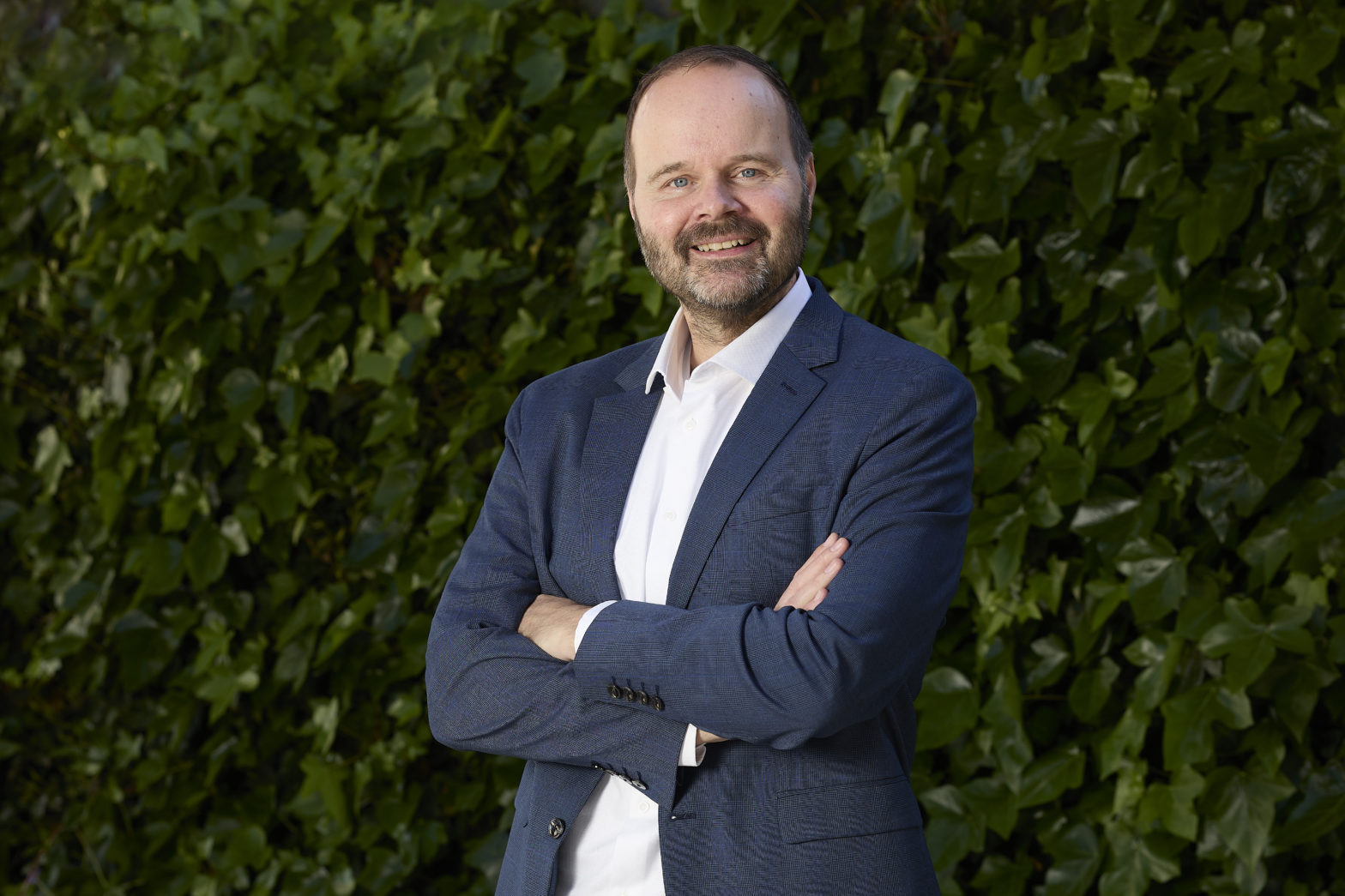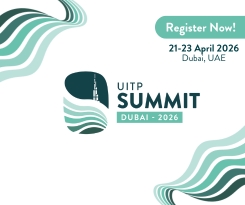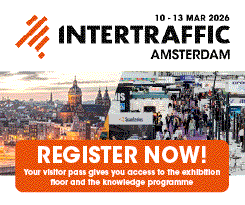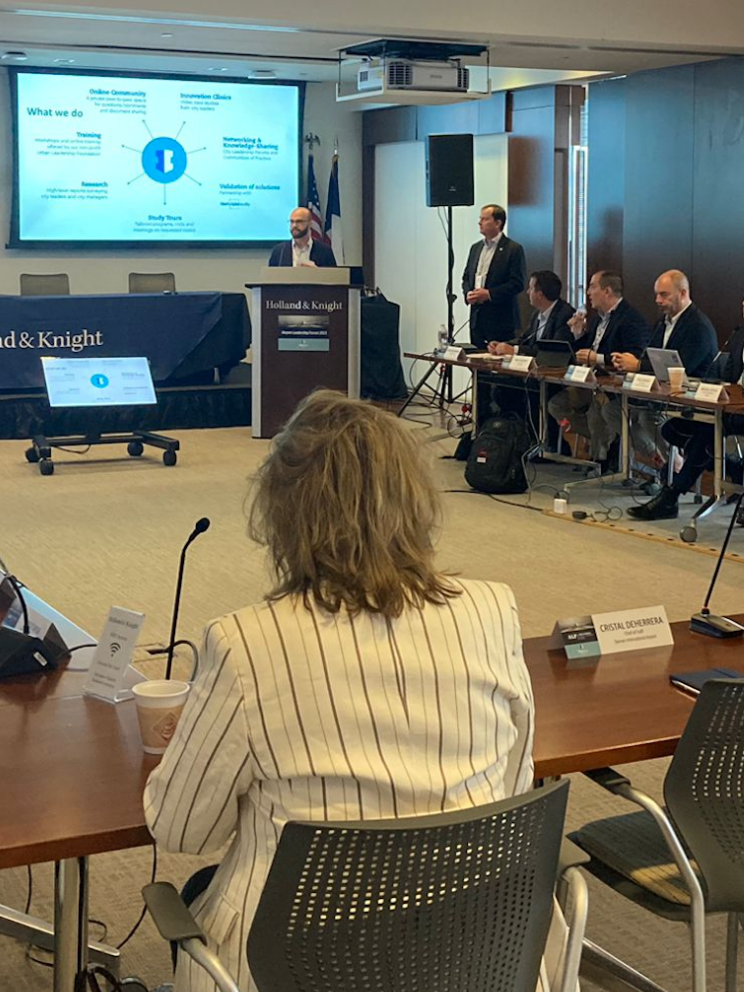
EIT Urban Mobility’s new CEO positions transport as a strategic lever
15 April 2025
by William Thorpe
William Thorpe speaks to the newly appointed CEO of EIT Urban Mobility*, Marc Rozendal, about his ambitious agenda to position urban mobility as a tactical tool for European competitiveness and sustainability.
What are your top priorities as CEO, and how do you plan to accelerate urban mobility transformation?
My priorities as CEO are closely aligned with the vision set out in our Manifesto for Competitive and Sustainable Urban Mobility, launched in December 2024. We want to position urban mobility not just as a service, but as a strategic lever for European competitiveness and sustainability. That means accelerating innovation by creating a more integrated mobility market across the EU. This would allow companies to grow, cities to scale solutions and citizens to benefit from better services.
To get there, we need to address structural barriers. That includes making public procurement more innovation-friendly, improving access to finance (especially for start-ups and SMEs) and harmonising regulatory frameworks across Member States. EIT Urban Mobility is uniquely placed to drive this transformation, by bringing together the right actors and helping translate innovation into action.
How will you foster stronger partnerships between public transport authorities, private mobility providers, and city governments to create more integrated transport ecosystems?
These partnerships are already central to EIT Urban Mobility’s strategy. We believe collaboration between public and private actors is essential to building integrated, sustainable transport ecosystems.
Throughout the year, we create spaces where these stakeholders can meet, collaborate and learn from one another. A key example is our annual Tomorrow.Mobility World Congress, co-organised by EIT Urban Mobility with Fira Barcelona. We also maintain a strong presence at international mobility forums such as UITP, ITS and the International Transport Forum, among others.
Beyond events, we play an active role in EU-level policymaking, contributing to the debate and helping shape decisions that impact the future of urban mobility across Europe.
What are the biggest barriers to scaling urban mobility innovations, and how do you plan to address them?
In Europe, the main challenge is regulatory fragmentation and bureaucratic procedures. Each country operates under its own set of rules, which makes it difficult for mobility companies to scale solutions across borders. In contrast, North American cities often face fewer regulatory hurdles, but the ecosystem can be more fragmented when it comes to coordination between local authorities, service providers and innovators.
However, across both regions one common challenge is access, particularly for smaller companies. This includes access to finance but also access to public authorities and testing environments. Most mobility innovators are start-ups or SMEs and they need real-world pilots to prove and refine their solutions in order to scale.
What role will EIT Urban Mobility play in helping public transport operators and authorities secure funding and implement sustainable solutions at scale?
Our role is to act as a connector. Thanks to our venture portfolio of 135 start-ups, we are the leading investor in mobility companies in Europe for the second year running. We have the network, the knowledge and the resources to support cities and operators in identifying and deploying innovative, sustainable solutions. We understand the challenges cities face and we work closely with both public and private partners to help them meet those challenges through innovation.
What key lessons from your experience in ride-hailing and public transport operations will you bring to EIT Urban Mobility, and how will they shape your leadership?
My experience across very different mobility environments has given me a broad perspective on the mobility ecosystem and on what it takes to deliver impact at scale. My focus has always been on transformation, innovation and sustainability, whether that means driving cultural change inside an organisation or developing new technologies to solve real-world problems. I believe in building high-performing, purpose-driven teams, and I look forward to bringing that approach to EIT Urban Mobility.
* EIT Urban Mobility is an initiative of the European Institute of Innovation and Technology (EIT), a body of the European Union.
Image: EIT Urban Mobility








